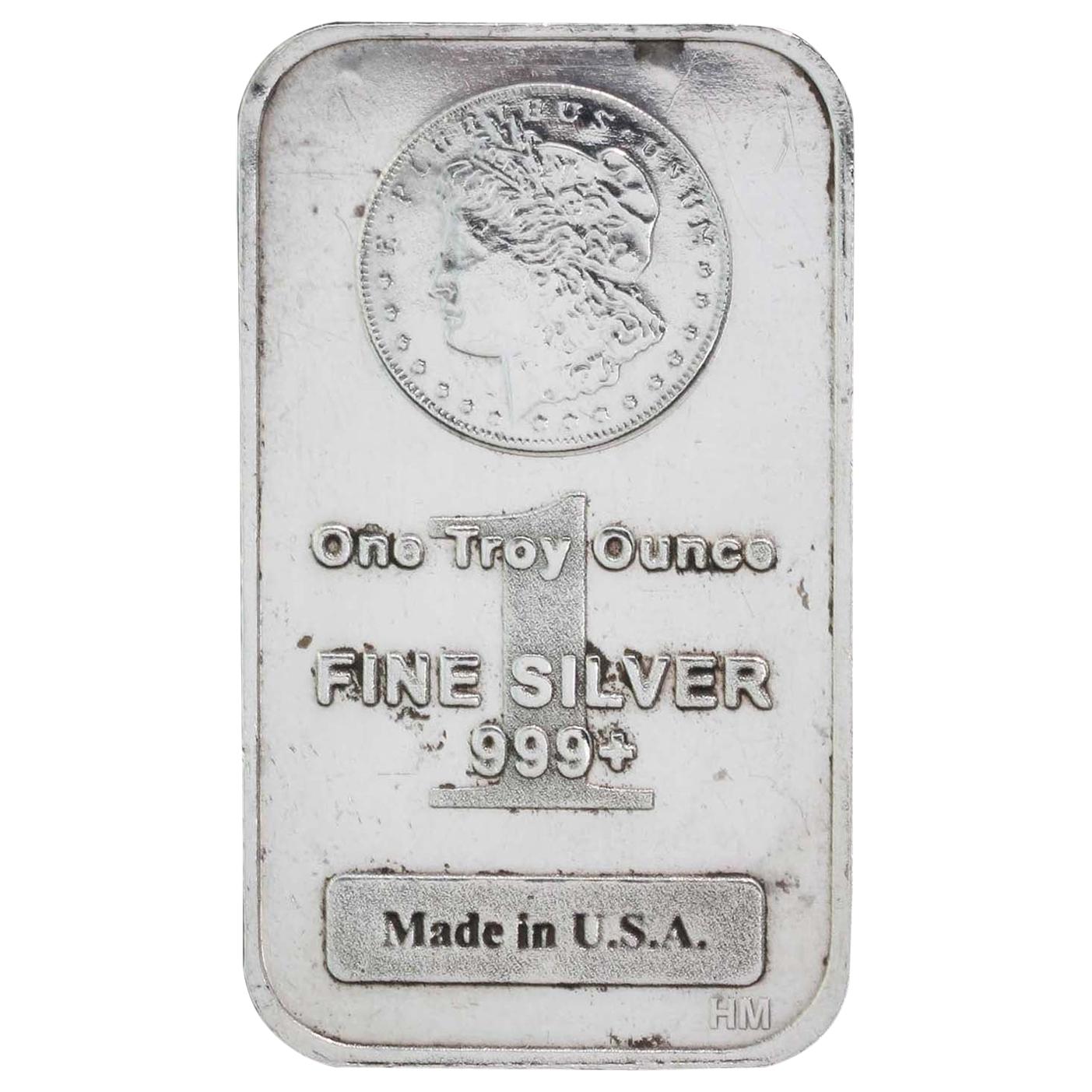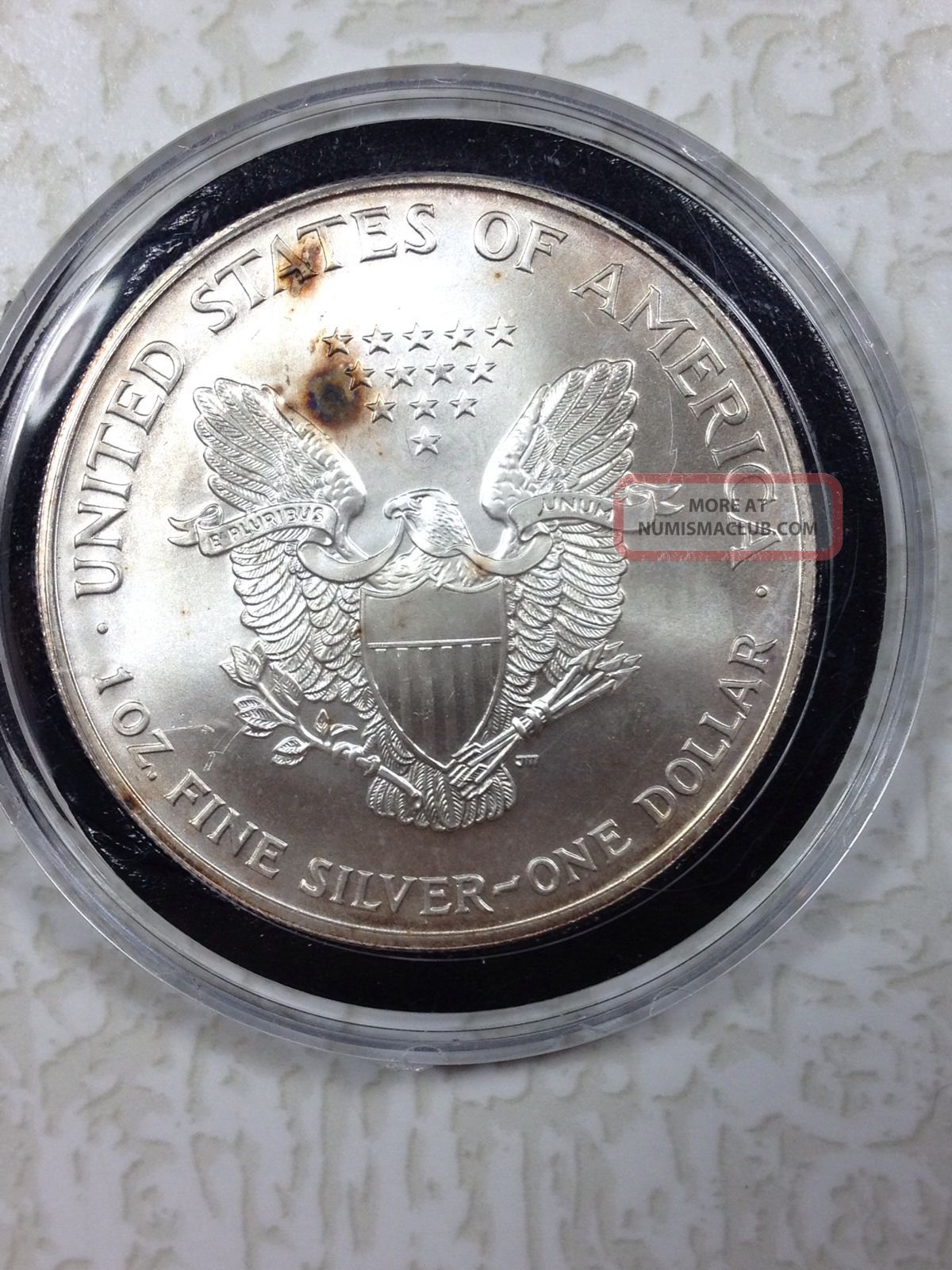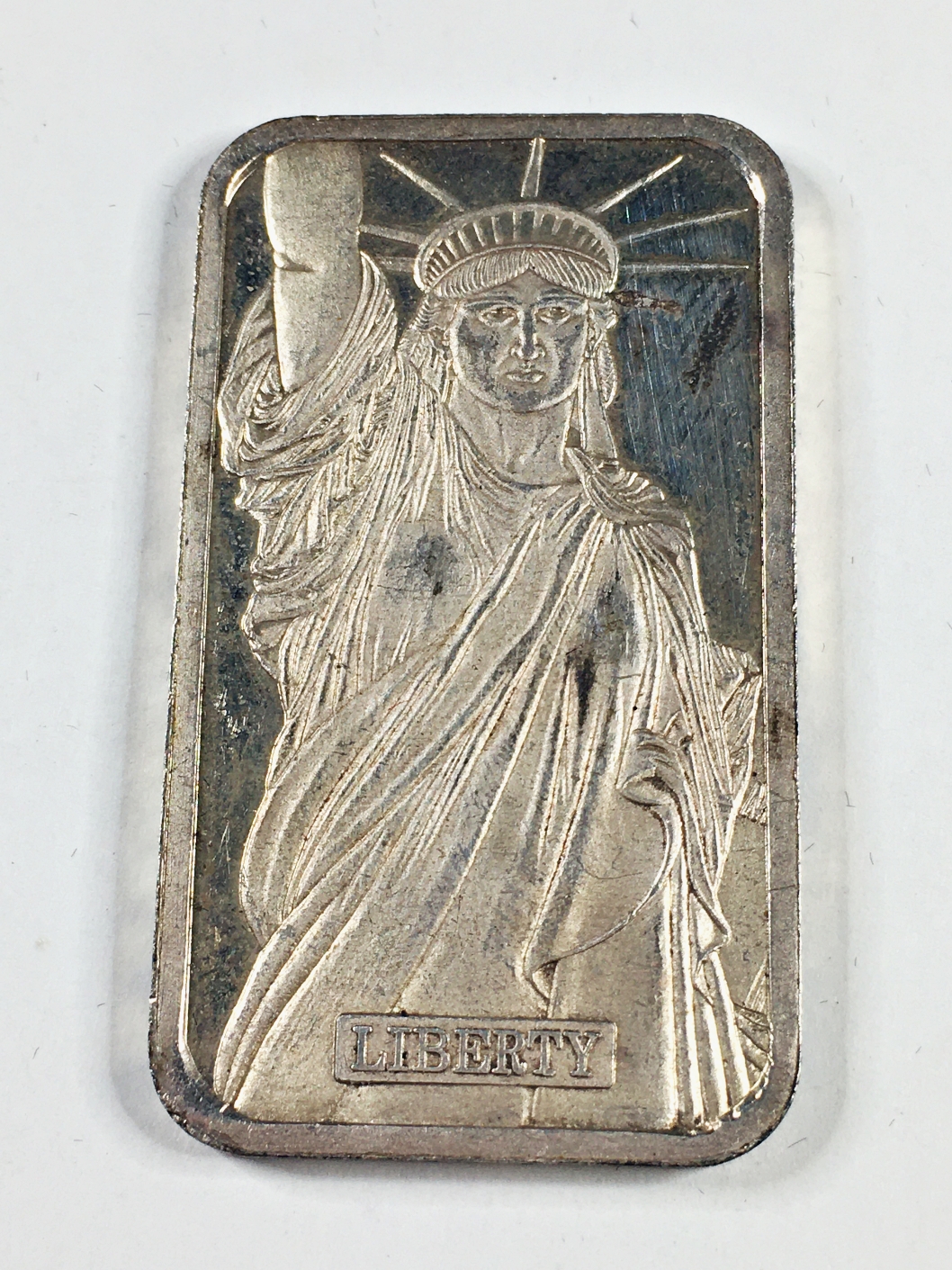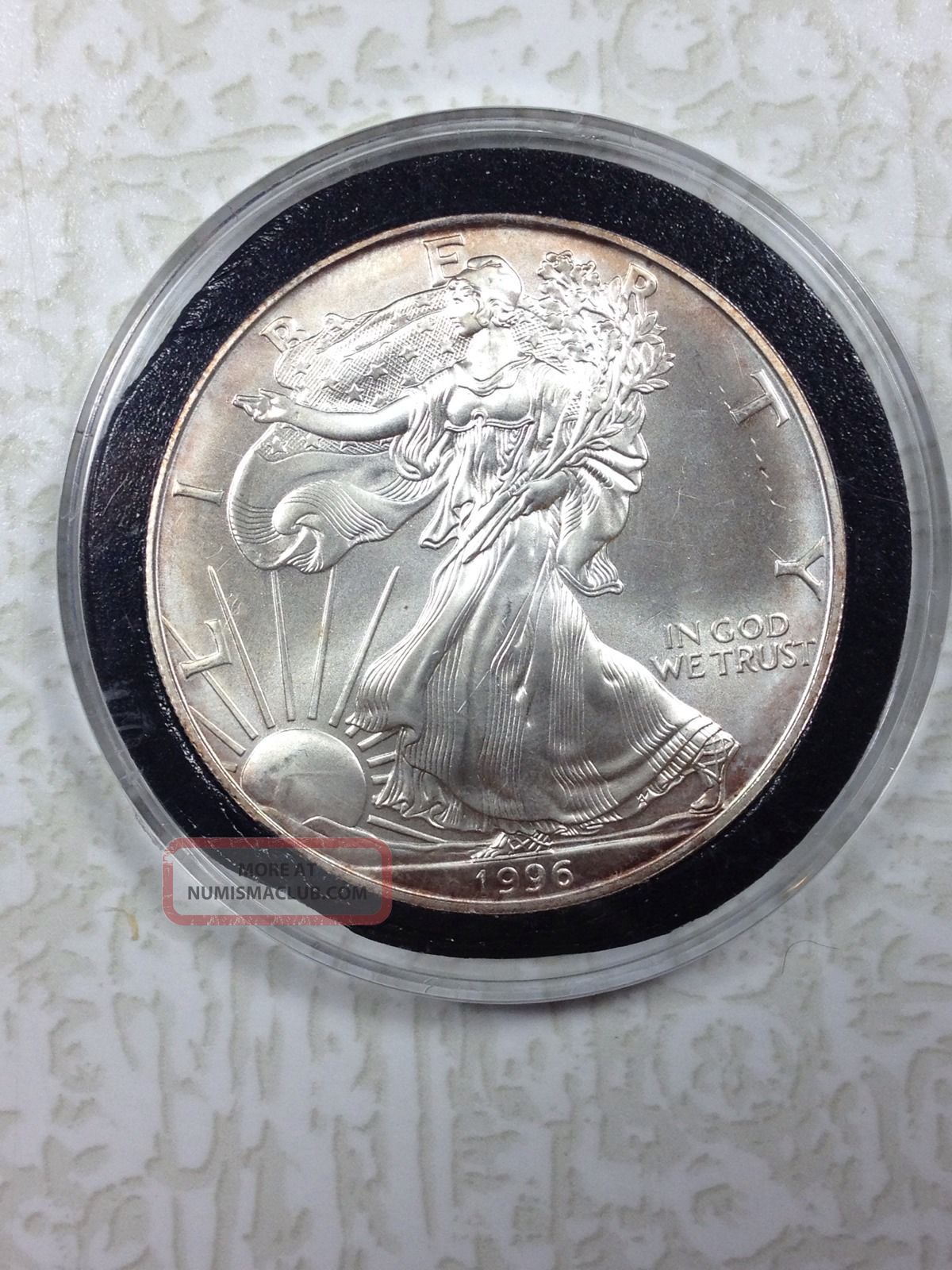One Troy Ounce .999 Fine Silver

Silver prices are surging, driven by a confluence of factors sparking renewed investor interest. One troy ounce of .999 fine silver is now a focal point as demand spikes.
This article breaks down the immediate catalysts behind the silver rush, offering a snapshot of the current market dynamics and what it means for investors.
Market Overview: Silver's Sudden Ascent
The price of .999 fine silver has experienced a noticeable upswing in the past week.
Spot prices are currently fluctuating around $29.50 per ounce, a significant jump from the previous month's average of approximately $27.
This surge is impacting both retail and institutional investors, prompting a flurry of trading activity.
Who is Driving the Demand?
Several key groups are contributing to the increased demand for silver.
Industrial consumers, particularly those in the electronics and solar energy sectors, are major purchasers.
Investment firms seeking to hedge against inflation are also acquiring substantial amounts of silver, alongside individual investors eager to capitalize on the price momentum.
What's Fueling the Price Increase?
Multiple factors are contributing to the silver's price surge.
Geopolitical instability is creating uncertainty, leading investors to seek safe-haven assets like silver.
Concerns about inflation are further fueling the demand, as silver is often seen as a store of value during periods of economic instability.
Additionally, increased industrial demand for silver in green technologies, like solar panels, is pushing prices higher.
Where is the Impact Being Felt?
The impact is global, affecting markets from London to New York and Shanghai.
Silver bullion dealers are reporting increased sales and longer delivery times.
Major silver mining companies are experiencing a boost in their stock prices as investors anticipate higher profits.
When Did This Surge Begin?
The recent surge gained momentum in the last week of May and continues into the first week of June.
Market analysts pinpointed a combination of economic data releases and geopolitical events as the initial triggers.
The rising interest rates, followed by fears about a potential recession have prompted investors to turn to precious metals.
How is Silver Being Traded?
Silver is being traded through various channels.
Physical bullion, including bars and coins, remains a popular option for individual investors.
Silver futures contracts on exchanges like the COMEX are actively traded by institutional investors.
Silver exchange-traded funds (ETFs) provide another avenue for investors to gain exposure to the silver market.
Expert Analysis and Commentary
Leading market analysts are closely monitoring the silver market.
"We're seeing a perfect storm of factors driving silver higher," says John Smith, a precious metals analyst at Goldman Sachs.
"Industrial demand, investment demand, and geopolitical risks are all converging to support higher prices."
Jane Doe, a senior portfolio manager at BlackRock, notes that "Silver's dual role as both an industrial metal and a precious metal makes it uniquely positioned in the current market environment."
"Investors should carefully consider their risk tolerance and investment objectives before allocating capital to silver," cautions Michael Brown, a financial advisor at Morgan Stanley.
Supply Chain Considerations
The surge in demand is placing pressure on the silver supply chain.
Mining companies are struggling to keep up with the increased demand, potentially leading to supply bottlenecks.
Shipping delays and logistical challenges are further complicating the situation.
Next Steps and Ongoing Developments
Investors should closely monitor economic data releases, geopolitical events, and industrial demand trends to assess the future direction of silver prices.
The Federal Reserve's monetary policy decisions will also play a crucial role in shaping investor sentiment towards precious metals.
This is a developing situation, and further updates will be provided as new information becomes available.


















